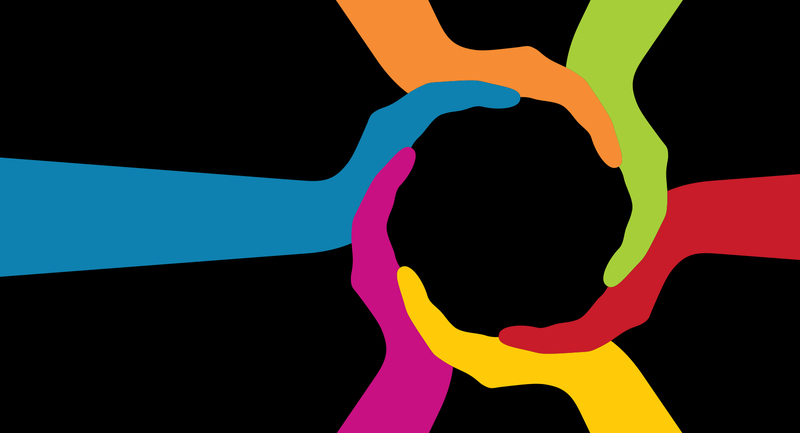English language arts teachers hear this student complaint regularly: "I don't know what to write!" Knowing that student choice leads to higher engagement, many of us assign nebulous personal writing tasks that eventually backfire. You know the ones, where we offer so much openness and freedom in a prompt that students are paralyzed by the possibilities.
Wide-open choices do not always inspire great writing. Students want to become experts on the topics they are studying, and that's why deep content knowledge and strong vocabulary are the building blocks of an engaging composition. However, many students need to develop not only deep content knowledge, but also the tools to express that knowledge in writing.
I have been an English language arts educator for 30 years and currently work as a literacy coach in Amherst, New Hampshire. When I was in the classroom full time, my students wrote a lot. They used graphic organizers to gather their thoughts and had ample time for revision. Yet, every week, I had students who didn't know what to write. I found myself working individually with these students, asking guiding questions and eventually giving them ideas to write about so that I could move on to the next student in need of support. Sometimes this strategy paid off, sparking ideas that allowed students to continue independently. But more often than not, a struggling student would need my help again after writing a few sentences. My instruction had to change to help my students generate the content for their writing.
Building Content Knowledge Through Engaging Text
Help came in the form of the Common Core State Standards for English language arts. While learning about them a few years ago, I noticed how the reading and writing standards worked together to emphasize the form, process, and importance of building content knowledge. The writing standards call on students to "demonstrate understanding of the subjects they are studying," "build knowledge on a subject through research projects," and "respond analytically to literary and informational sources." Experts in literacy instruction in my district's professional development program shared the same critical message: by analyzing high-quality reading material, students would build the deep knowledge base necessary to effectively communicate through writing.
Through my work as a literacy coach and curriculum writer, I'm exposed to tons of great children's texts that I share with the teachers and students at my school. Last year, our students read books such as Woods Runner by Gary Paulsen and Thunder Rolling in the Mountains by Scott O'Dell. This fantastic literature is worthy of our kids' time and can help them engage in reading and writing. Students had a lot to say about these books and eagerly spent more time on them during related writing projects. As a result, we leveled the playing field and upped everyone's writing game by focusing on the knowledge acquired through reading instead of the knowledge gained from personal experience alone. Students went from writing skeletal or rambling stories to composing essays with depth and substance. Writing became relevant to students because they could now apply writing skills to meaningful content.
One of my favorite experiences was working with a 5th grade teacher, Nicole Wright, as she moved to a fully integrated, text-based approach to writing. Her class read Woods Runner and then wrote about the main character. After building knowledge through reading and then identifying and recording textual evidence to support character analysis, students wrote first drafts of an essay. They stated claims about the main character's personality and wrote in detail about how he epitomized a specific quality. Students wrote for an extended time with no questions for us, and even ignored the bell for lunchtime to finish recording their thoughts. Their engagement and self-sufficiency took us by surprise and sold us on the power of content-based writing.
Analyzing Genres to Learn How Authors Write
Helping students examine excellent writing makes good sense. Great authors enthrall readers using techniques that students can analyze and master. Think about how many young students have fallen in love with Charlotte's Web and also learned a tremendous amount about great writing from E.B. White's masterpiece. One way to make the reading-writing connection explicit for students is to examine a specific genre, such as narrative fiction, while students write pieces in that same genre. To develop an understanding of narrative writing, in this case, discuss how the author draws students into the story, holds their attention, and makes them feel emotions. Examining texts through the writer's perspective reveals to students how authors write.
As students learn these writing strategies, the teacher can give them opportunities to execute these techniques in their writing. For example, if students are reading a survival story, you can help them analyze how the author describes an extreme setting, creates a problem for the main character, develops the personality of the character through words and actions, and brings the story to a climax and resolution. Then you can instruct students to write their own survival stories by applying the knowledge they gained about the genre and the writing techniques they picked up from the text.
Something to Write About
As we settle into this new school year, I find myself reading a lot of children's texts and looking for engaging content that will give readers the knowledge base to inform their own writing. Learning writing skills in isolation limits what students can do with them. But when we expand students' knowledge with rich texts and they use that knowledge in their writing, suddenly students become readers and writers with much to say.







